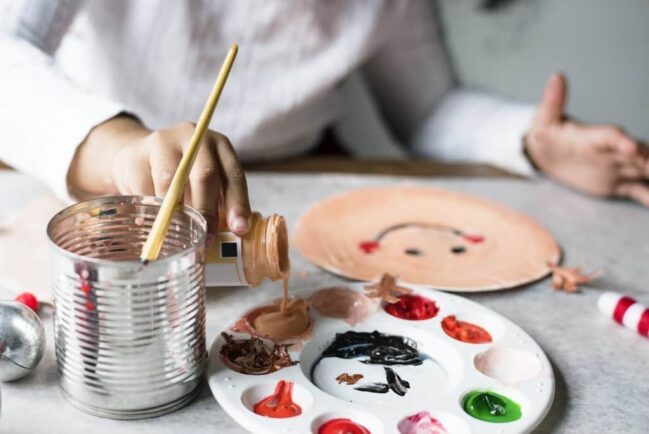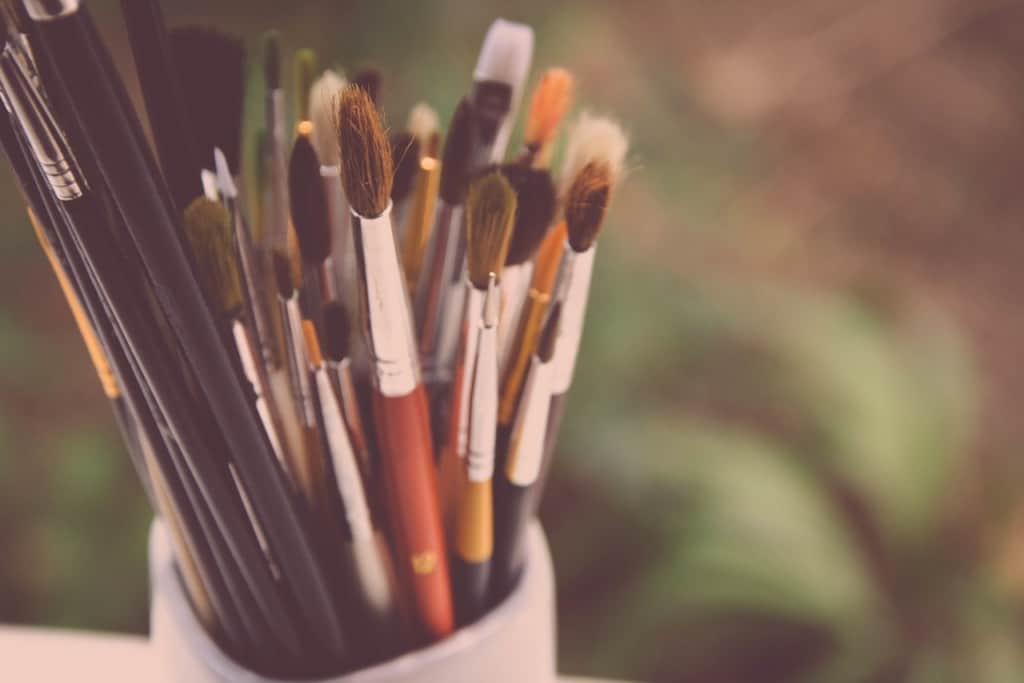Blog
How creativity can improve mental health and wellbeing
August 14, 2018
2 minutes, 59 seconds

It's official, creative expression is good for mental health! In Wales, the Arts Council has been supportive of this idea for some time, suggesting that art health work is incredibly powerful in relation to dementia patients for example.
Furthermore, in the summer of 2017, recommendations were put forward by an all-party group representing clinical commissioning groups, the NHS and local authorities to incorporate the idea of "arts on prescription" into their new plans for mental health provision.
Certainly, most people who enjoy creative pursuits, such as art, craft, knitting, gardening, baking or dancing, feel the benefits in a number of ways including:
- A reduction of stress and anxiety
- Increasing positive emotions
- Fostering a sense of achievement and boosting self-esteem
- Decreasing symptoms of depression
- Reducing negative emotions
- Improving concentration and focus
- Improving motivation
- Increasing and renewing brain function
- Helping to prevent Alzheimer’s by exercising the part of our brains responsible for memory making.
In fact, when we are totally immersed in a creative task, we reach an almost meditative state, whereby we are distracted away from the mundanities and worries of everyday life. We focus entirely on our activity and on creating something positive and beautiful. The act of being creative causes our brains to release dopamine,
a natural anti-depressant, which can raise our mood in a genuine and natural way.

In addition, some creative activities such as dancing are, by their nature, social. They can have the added effect of encouraging human interaction and fostering shared goals as well as a sense of community. People bond through common experiences and interests, irrespective of what that interest may be. The British Journal of Occupation Therapy study reports, for example, that “Knitting in a group impacted significantly on perceived happiness, improved social contact, and communication with others. Conclusion: knitting has significant psychological and social benefits, which can contribute to well-being and quality of life.”
Similarly with dancing, there are many physical and mental benefits associated with it:
- Improved condition of your heart and lungs
- Increased muscular strength and endurance
- Increased aerobic fitness
- Improved muscle tone and strength
- Better agility, flexibility and balance
- Increased mental functioning
- Increased confidence
- Improved sense of physical and mental well-being
- Better social skills
So how do you choose a creative pursuit to suit you?
Perhaps your first step is prioritising what you consider to be important in your life and what is currently lacking for you. If you are feeling lonely, an activity which helps you to connect with others may be particularly important. On the contrary, if you are very socially busy but lack some quiet time for yourself, you may choose something that you can enjoy on your own. Choosing a new creative hobby is about being self-aware and working out the answer to the following questions:
- What do YOU need? What is lacking right now? What will benefit you?
- What do YOU like doing? Its about enjoyment after all!
- What do YOU want in your life?
When you have the answers to these questions – and know generally what functions a hobby will fulfill for you – then it’s time to motivate yourself to take action, whether it’s a trip to the local wool shop or signing up for tango classes.
There is a huge range of creative pursuits out there and better mental health is just one of the many benefits you can enjoy, simply by taking part. Give it a go? What’s not to like?